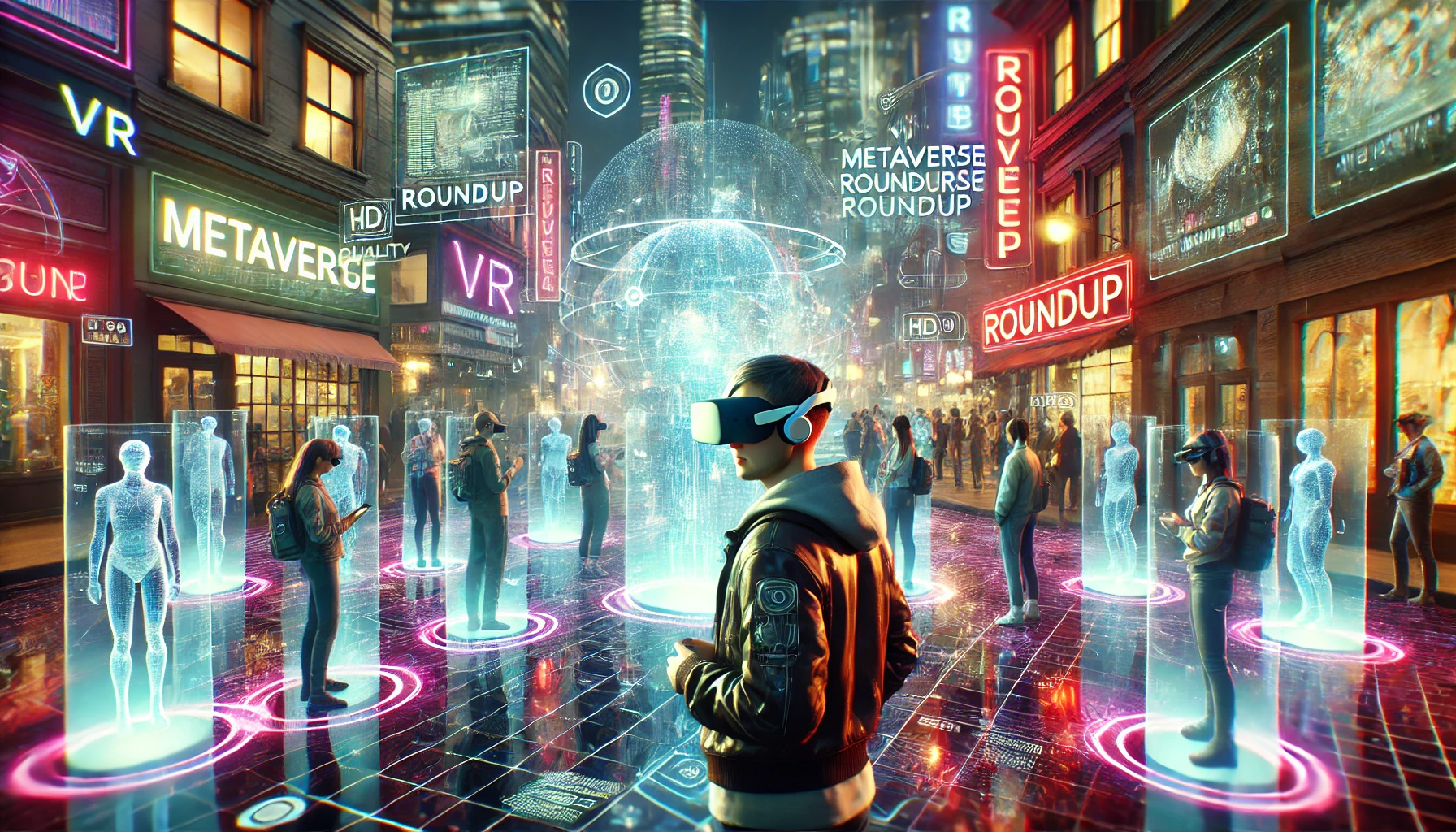The Metaverse is transforming our interaction with technology, offering immersive experiences through virtual reality, augmented reality, and mixed reality. This comprehensive Metaverse Roundup brings together essential to help you navigate this evolving digital landscape. Whether you’re new to the concept or a seasoned enthusiast, these curated articles and guides provide valuable insights into the Metaverse, NFTs, and Web3 technologies. By compiling these Metaverse Roundup, we aim to offer a central hub for learning, exploration, and innovation in the Metaverse.
List of Metaverse Roundup
1. Virtual Reality
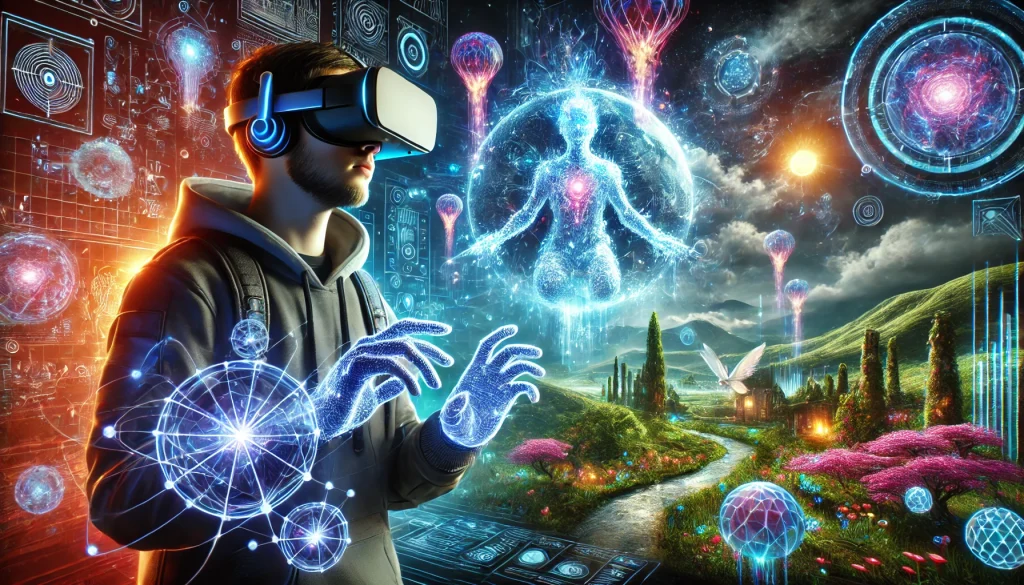
Virtual reality (VR) immerses users in a simulated environment, typically through headsets and motion tracking. VR technology creates a sense of presence in a virtual world, allowing users to experience and interact with a three-dimensional, computer-generated environment. Moreover, the applications of VR are vast, ranging from gaming and entertainment to education, training, and therapy. Virtual Reality, check out Virtual Reality, which explains how VR works, its key components, and its various applications in gaming, education, and more.
2. Augmented Reality
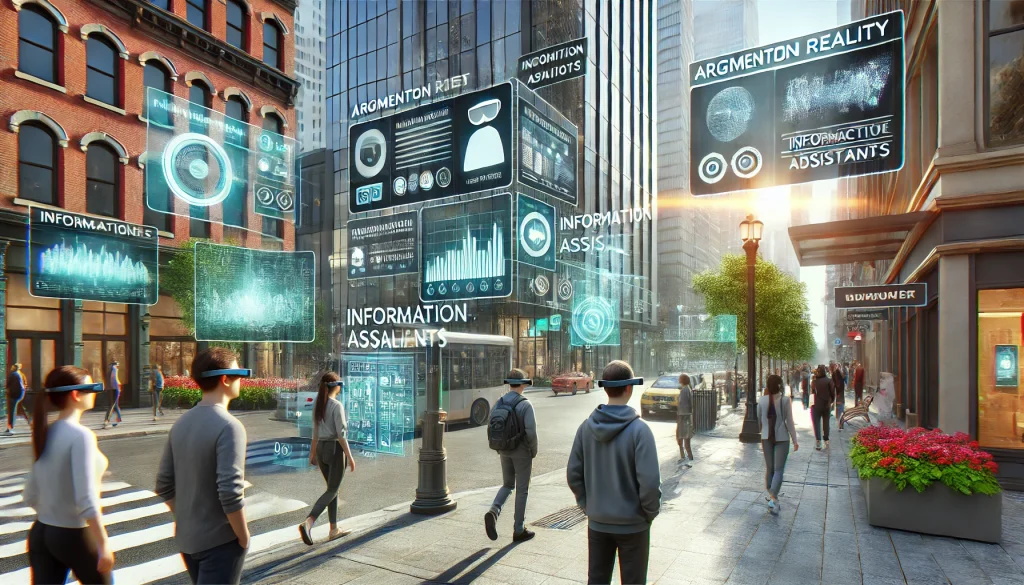
Augmented reality (AR) overlays digital information onto the real world, enhancing our perception and interaction with our surroundings. AR technology integrates sensory data with the physical environment, providing real-time feedback and information overlays. Initially, this technology evolved from basic experimental applications to widespread use in industries like retail, where it enhances shopping experiences, and healthcare, where it aids in diagnostics and treatment planning. To understand AR’s journey, learn about its history and development, from early experiments to its current use in various industries in Augmented Reality.
3. Mixed Reality
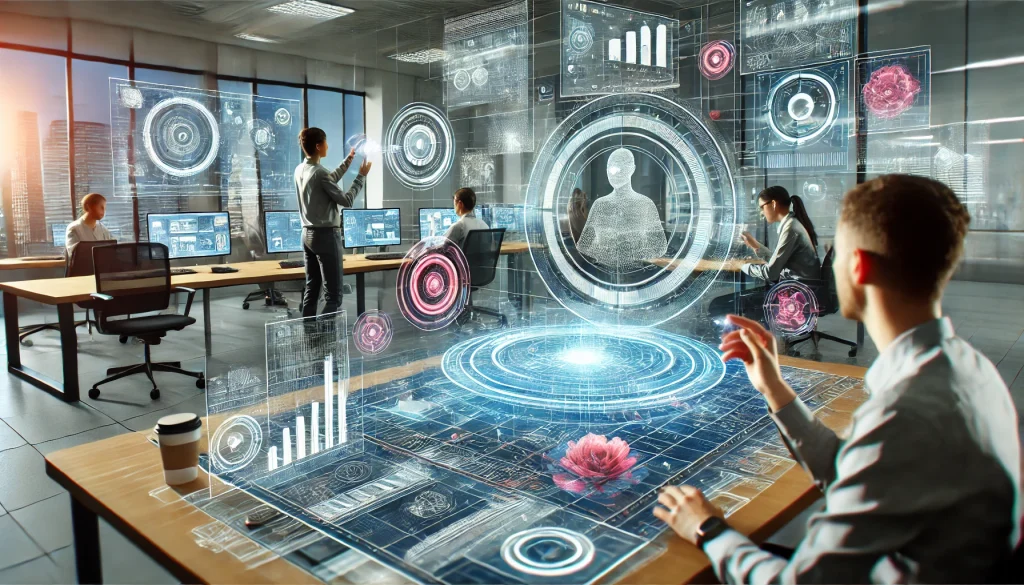
Mixed reality (MR) combines elements of both VR and AR, creating environments where physical and digital objects interact in real-time. MR technology enables users to manipulate and interact with both physical and virtual elements simultaneously. It provides a seamless integration of real and virtual worlds. This technology is used in various fields such as design, engineering, and entertainment. It allows for innovative approaches to problem-solving and creativity. Explore Mixed Reality to understand the key aspects, its applications, and how it differs from VR and AR.
4. Virtual Worlds
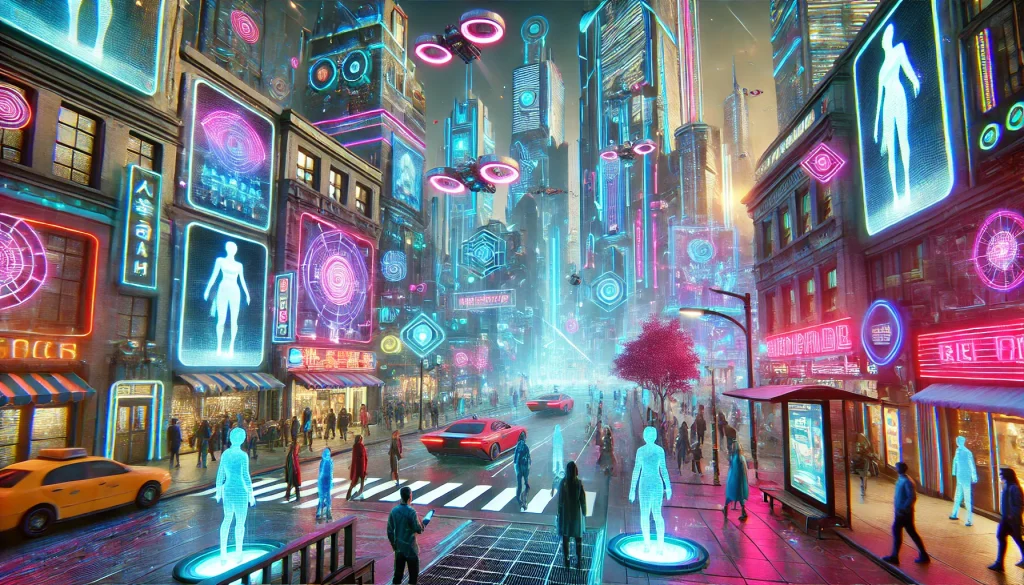
Virtual worlds offer immersive social experiences where users can interact in digital environments. These virtual environments can mimic real-world social settings or create entirely new realms for interaction. They allow for unprecedented forms of communication and collaboration. Virtual worlds are transforming how we build and maintain social connections. They offer new ways to meet, interact, and engage with others, regardless of physical location. Discover how virtual worlds are changing the way we communicate, collaborate, and socialize in Virtual World, highlighting their impact on social dynamics and community building.
5. NFTs
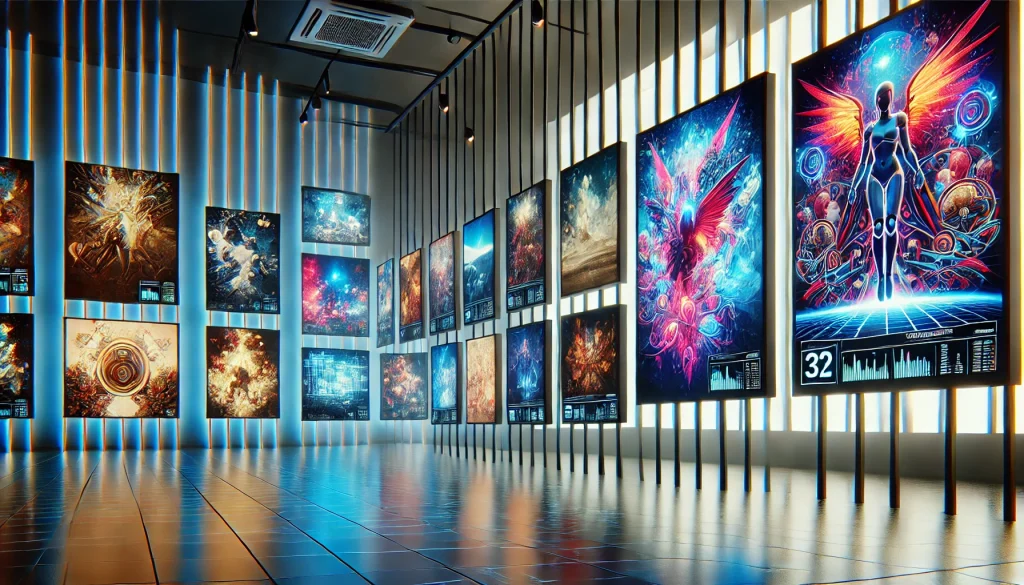
Non-Fungible Tokens (NFTs) are revolutionizing digital ownership and commerce by providing unique, verifiable assets on the blockchain. NFTs represent a new paradigm in digital property, enabling ownership and trading of unique digital items. Examples include art, music, and virtual real estate. This innovation has significant implications for creators and consumers. It offers new revenue streams for artists and novel ways for collectors to invest in digital assets. Dive into NFTs to learn about the significance, how they work, and their implications for creators and consumers in the digital economy.
6. Web 3.0
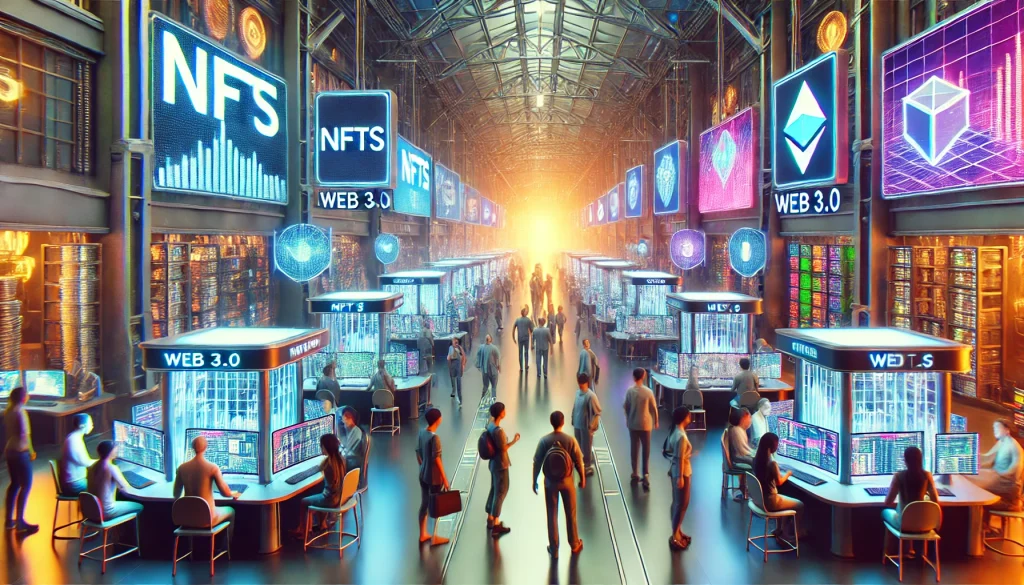
Web3 represents a decentralized internet powered by blockchain technology, promising greater transparency, security, and user control. Thus, the Web2, which is dominated by centralized platforms, Web3 aims to democratize the web by giving users control over their own data and enabling peer-to-peer transactions. This shift is expected to enhance privacy, reduce censorship, and foster innovation through decentralized applications (dApps). Explore this Web3 to understand the principles of Web3, its potential to disrupt traditional internet paradigms, and its role in the Metaverse ecosystem.
Summary of Metaverse Roundup
This gathered in this Metaverse Roundup offer valuable insights into the key components of the Metaverse. These include virtual reality, augmented reality, NFTs, and Web3. Each Metaverse Roundup provides detailed information and analysis. Moreover, This helps readers explore the complexities and opportunities within this digital frontier. By delving into these materials, readers can gain a comprehensive understanding of the technologies shaping the Metaverse’s future.
| Metaverse | Topic | Features | Link |
|---|---|---|---|

Virtual Reality |
Basics of VR | Comprehensive definition and applications | |

Augmented Reality |
Evolution of AR | Historical development and current uses | |

Mixed Reality |
Key Aspects of MR | Guide on MR’s unique features and applications | |
|
Virtual Worlds |
Social Impact | Analysis of virtual worlds on social interactions | |

NFTs |
Digital Ownership | Article on NFTs’ significance and functionality | |

|
Decentralized Internet | Resource on principles and potential of Web 3.0 |
Conclusion
Exploring the Metaverse is an exciting journey into the future of digital interaction and technology. In this roundup provide a solid foundation for understanding and engaging with virtual and augmented realities, NFTs, and Web3. The Metaverse resources have been carefully selected to offer foundational knowledge and advanced insights for various expertise levels.
FAQ
What is the Metaverse and how does it relate to virtual reality?
The Metaverse is a collective virtual shared space created by the convergence of enhanced physical and persistent virtual reality. It encompasses VR by offering immersive environments where users can interact digitally. In this expansive digital realm, users can socialize, work, play, and explore. It allows users to blend the physical and virtual worlds seamlessly.
How do NFTs work within the Metaverse?
NFTs (Non-Fungible Tokens) provide a way to own unique digital assets within the Metaverse. They operate on blockchain technology, ensuring each asset is verifiable and distinct. This is crucial for digital art, collectibles, and virtual real estate. NFTs play a vital role in establishing ownership and value within the digital realm. They are essential for the growth and sustainability of virtual economies.
What are the key benefits of Web3 for Metaverse users?
Web3 enhances the Metaverse by enabling decentralized applications (dApps), thereby giving users greater control over their data and assets. Moreover, it promises improved security, transparency, and user-driven governance, which are essential for a fair and innovative digital ecosystem. In essence, Web3 paves the way for a more equitable and secure digital landscape, empowering users to participate actively and responsibly.
Maya Chen’s journey began in software development, focusing on virtual reality simulations. With a degree in computer science and a knack for creating immersive experiences, Maya saw the potential of VR and AR to transform entertainment and education.

